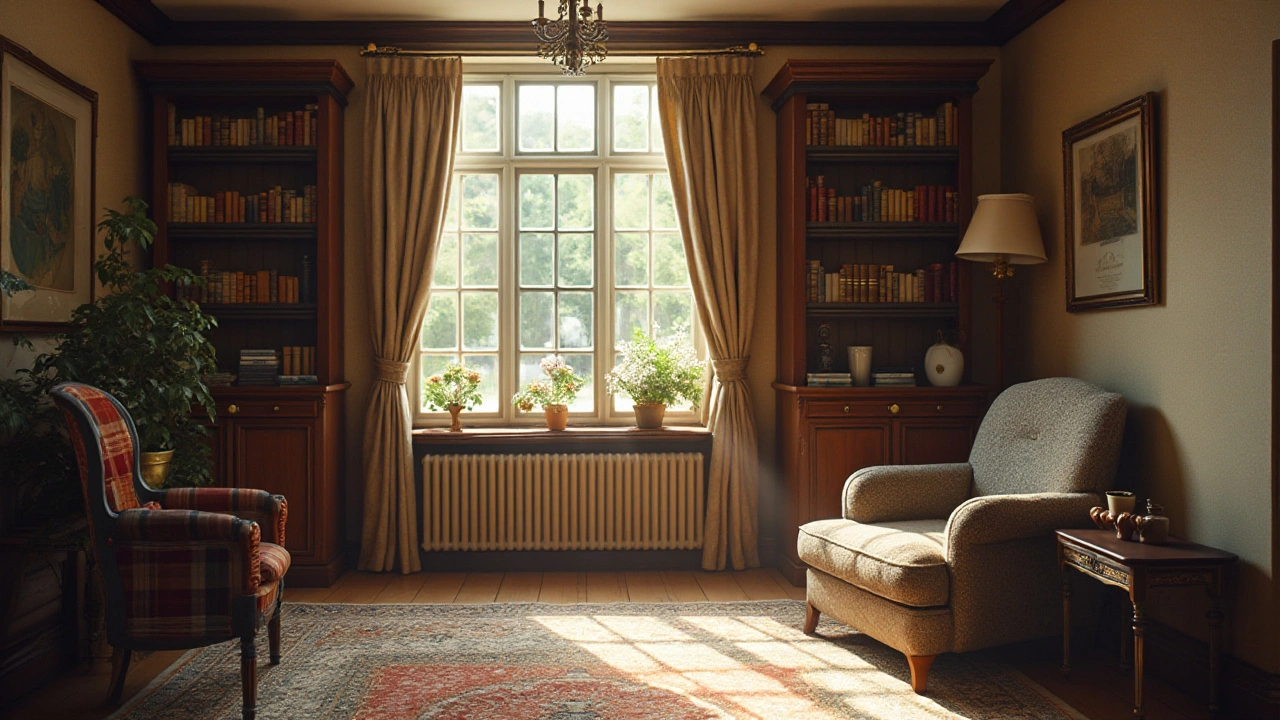Window Arrangement Tips for a Brighter, Cozier Home
Windows are the most powerful design tool in any room. They let in light, frame a view, and set the mood. But if you ignore how you arrange furniture and treatments around them, you can waste space, block sunlight, or feel cramped. Here’s a straightforward guide to getting the most out of every window, whether you’re dealing with a big bay window or a tiny kitchen slit.
Plan Your Furniture Around the Light
The first rule is to treat light as a friend, not an obstacle. Place the main seating—sofas, chairs, or a desk—where it can benefit from natural illumination without glare. A sofa angled slightly toward the window creates a welcoming spot for reading while keeping the TV wall clear. If you have a corner window, a low-profile bench or a set of poufs can turn that nook into a casual lounge.
Don’t push heavy pieces directly in front of the glass. A bulky bookcase or a tall wardrobe can block sunlight and make the room feel closed off. Instead, use low or open‑back furniture that lets light flow through. When you need storage, consider floating shelves or wall‑mounted cabinets that stay out of the way.
Dress Up Your Windows for Style and Privacy
Window treatments do more than hide glass. Choose curtains, blinds, or shades that match the room’s vibe while controlling light levels. Light‑filtering linen curtains soften harsh sun while still letting the view shine through. For a modern look, fitted roller shades in neutral tones give a clean edge and are easy to pull up.
If privacy is a concern, layer a sheer panel with a heavier drape. This lets you flip a switch—from bright daytime to cozy evening—without swapping out hardware. Remember, the hardware itself can become a style statement; brushed brass rods or sleek wooden tracks add character without stealing focus.
Don’t forget the small details. A simple tie‑back can change the feel of a curtain in seconds. Adding a decorative pole or a subtle valance can frame the window and tie it into the rest of the room’s décor.
By planning furniture placement first and then choosing the right treatments, you’ll create a balanced layout that maximizes daylight, improves flow, and looks intentionally designed. Try moving one piece at a time, test how the light shifts, and adjust until the space feels both airy and functional. Your windows will thank you, and your home will feel instantly more welcoming.
Best Practices for Placing a Bookcase in Front of a Window
Placing a bookcase in front of a window might seem unconventional, but it can be a creative solution for small spaces or adding a touch of character to a room. This article explores whether it is advisable to use such an arrangement, offering tips on how to execute it effectively while considering factors like natural light, accessibility, and room aesthetics. Find practical advice on selecting the right bookcase and strategies to maintain window functionality even when blocked. Learn how this design choice can blend seamlessly into your home's overall design while maximizing space.
More
